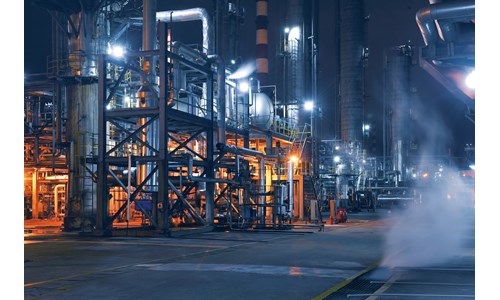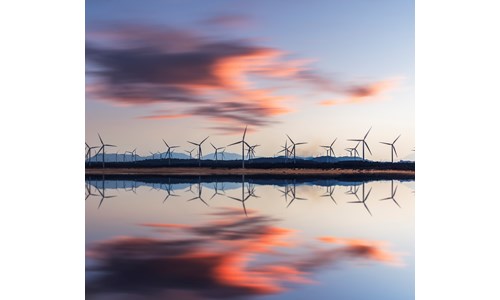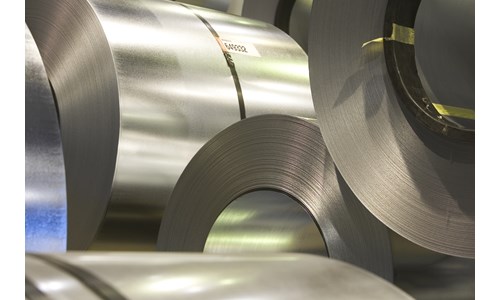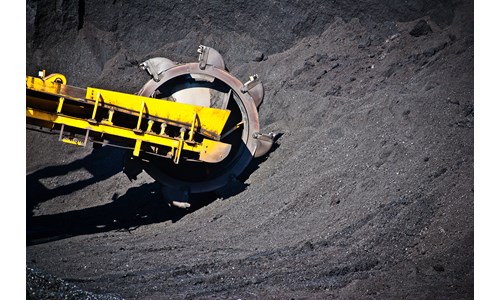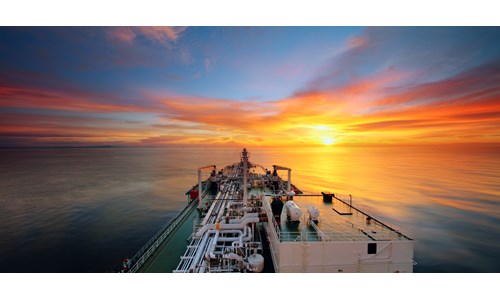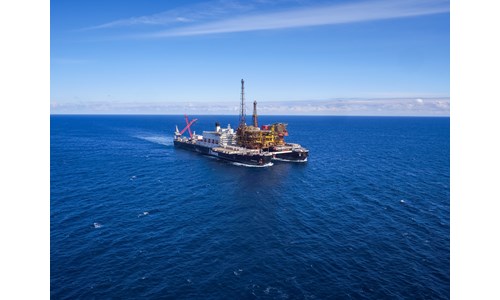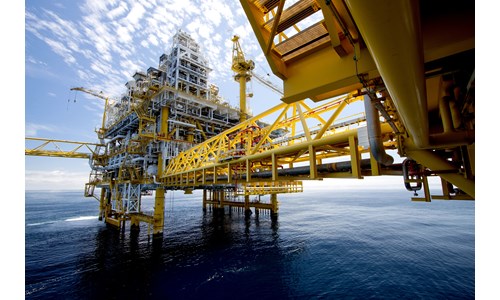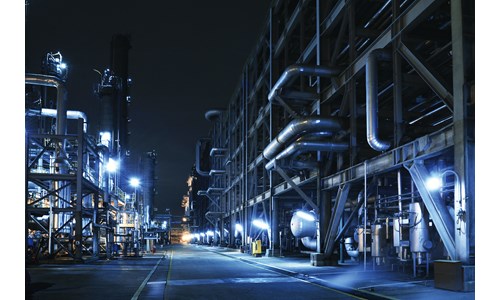Zawtika Pipeline
*Please note that this report only includes an Excel data file if this is indicated in "What's included" below
Report summary
Table of contents
- Key facts
-
Summary and key issues
- Summary
- Key issues
- Location maps
- Participation
- Development
-
Throughput
- Emissions
-
Costs
- Operating Costs
- Sales contracts
- Fiscal and regulatory
-
Economic assumptions
- Cash Flow
- Discount rate and date
- Inflation rate
- Tariff
- Global Economic Model (GEM) file
- Economic analysis
Tables and charts
This report includes the following images and tables:
- Key facts: Table 1
- Pipeline Infrastructure Map
- Participation: Table 1
- Throughput: Table 1
- Gas Throughput Profile
- Costs: Table 1
- Costs: Table 2
- Economic analysis: Table 1
- Economic analysis: Table 2
- Economic analysis: Table 3
- Split of Revenues
- Cumulative Net Cash Flow - Undiscounted
- 2 more item(s)...
What's included
This report contains:
Other reports you may be interested in
S Arne-Nybro Terminal Gas Pipeline
The South Arne-Nybro pipeline runs from the offshore South Arne platform via the Harald facilities to the Nybro gas terminal in ...
$5,280Tyra - NOGAT Pipeline
In 2003, the Danish Underground Consortium (DUC) companies and DONG Energy (now Orsted) agreed to build a pipeline linking the Tyra ...
$2,580Tyra East-Nybro Terminal Gas Pipeline
The Tyra East-Nybro Terminal Gas Pipeline is the main gas trunkline which links all the gas producing fields on the Danish shelf (with ...
$2,580





